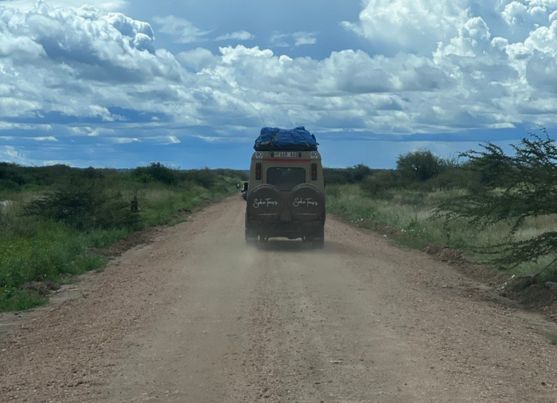Tanzania National Parks
Tanzania National Parks | Park Fees & Permits (2025)Guide
Tanzania is home to some of the most famous national parks in the world. These parks protect wildlife and allow visitors to see animals in their natural habitat. If you have never been on a safari before, Tanzania is one of the best places to start. The country has over 20 national parks, each offering a unique experience.
Every visitor must pay an entry fee to enter the parks. Some activities, like walking safaris and hot air balloon rides, require special permits. This guide will explain everything you need to know about Tanzania’s national park fees, permits, and how to plan your safari.
WHAT YOU NEED TO KNOW
Tanzania Quick Facts
- Great Wildebeest Migration
- Home to Mount Kilimanjaro
- Iconic hot air balloon safaris
- Mobile safari camps
- Single-country safari & beach
As one of Africa’s most iconic destinations, and with a pleasant year-round climate, Tanzania is a must-visit at any time. Follow in ancient footsteps on guided walks across the Serengeti’s wildlife-rich plains, sunbathe on the white sandy beaches of Zanzibar or explore the country on a hike, cycle or canoe excursion.
List of National Parks in Tanzania
Here are some of the most famous national parks in Tanzania:
Serengeti National Park – Famous for the Great Migration and endless plains.
Ngorongoro Crater – A massive crater with thousands of animals.
Tarangire National Park – Home to large elephant herds and baobab trees.
Lake Manyara National Park – Known for tree-climbing lions and flamingos.
The Southern Circuit is less frequented and offers a more remote and authentic safari experience:
Selous Game Reserve (Nyerere National Park): The largest game reserve in Africa, known for its pristine wilderness, boat safaris on the Rufiji River, and diverse wildlife.
Ruaha National Park: Tanzania’s largest national park, offering rugged landscapes, diverse birdlife, and excellent predator sightings.
Mikumi National Park: Easily accessible from Dar es Salaam and offering good chances of spotting the “Big Five” and other wildlife.
The Western Circuit is known for its remote and off-the-beaten-path experiences, with fewer tourists:
Katavi National Park: A remote wilderness area with vast plains and large herds of buffalo and elephants.
Mahale Mountains National Park: A paradise for chimpanzee trekking, with the opportunity to observe wild chimpanzees in their natural habitat.
Gombe Stream National Park – The park where Jane Goodall studied chimpanzees.
Park Fees & Entrance Costs (2025)
Every national park in Tanzania has an entry fee. The cost depends on whether you are a foreign tourist, a resident, or a Tanzanian citizen. Here is an example of park fees for major parks:
| Park Name | Foreign Adult | Foreign Child | East African Citizen |
|---|---|---|---|
| Serengeti NP | $83 per day | $23.60 per day | TSH 12,000 per day |
| Ngorongoro Crater | $83 per day + $295 vehicle fee | $23.60 per day | TSH 12,000 per day |
| Tarangire NP | $59 per day | $17.70 per day | TSH 6,000 per day |
| Lake Manyara NP | $59 per day | $17.70 per day | TSH 6,000 per day |
Special Activity Permits & Extra Costs
Some activities require additional permits:
Camping Fees – Extra cost for staying inside parks overnight.
Walking Safari Permits – Guided walking safaris are allowed in select parks.
Balloon Safari Fees – Around $600 per person in Serengeti.
Ngorongoro Crater Vehicle Fees – A one-time fee of $295 per vehicle
How to Pay for Park Fees in Tanzania
Visitors can pay for park fees using:
Online payments through the official TANAPA website.
Credit cards at park gates (cash is not accepted in most parks).
Through a safari company like Seko Tours, which handles all payments for you.
Best Time to Visit Tanzania’s National Parks
Tanzania’s parks are open all year, but the best time to visit depends on what you want to see:
Dry Season (June–October) – Best time for wildlife viewing.
Wet Season (November–May) – Green landscapes, fewer tourists, but some roads are muddy.
Great Migration (December–July) – The wildebeest migration happens in the Serengeti.
Rules & Regulations in Tanzania’s National Parks
Visitors must follow these rules:
Stay inside the vehicle during game drives.
Do not feed or disturb animals.
No loud noise – It can scare the animals.
No littering – Keep the parks clean.
Always follow the ranger’s instructions.
Safari Packing List – What to Bring
Here are the must-have items for a safari:
Binoculars – To see animals up close.
Camera – To take amazing wildlife photos.
Light clothing – For hot days and cool mornings.
Sunscreen & hat – The sun can be strong.
Comfortable shoes – Needed for walking safaris.
How to Get to Tanzania’s National Parks
International Flights:
Kilimanjaro International Airport (JRO) – Best for northern parks.
Julius Nyerere International Airport (DAR) – Best for southern parks.
Local Transport:
Safari companies like Seko Tours provide transport from Arusha, Moshi, or Dar es Salaam.
Where to Stay in Tanzania’s National Parks
Visitors can stay in:
Luxury lodges – High-end accommodations with full service.
Mid-range lodges – Comfortable but more affordable.
Budget campsites – For adventure travelers.
Why Go with Seko Tours?
Seko Tours is a trusted safari company in Tanzania. We take care of:
Park fees & permits
Game drives with expert guides
Accommodation bookings
Custom safari itineraries
If you want to explore Tanzania’s national parks, Seko Tours is here to help. Let’s discover Tanzania together!
Select The Best Destination For Your Travel
Iconic Destinations
Popular Destination Packages
Our Most Popular & Best Tanzania Adventures
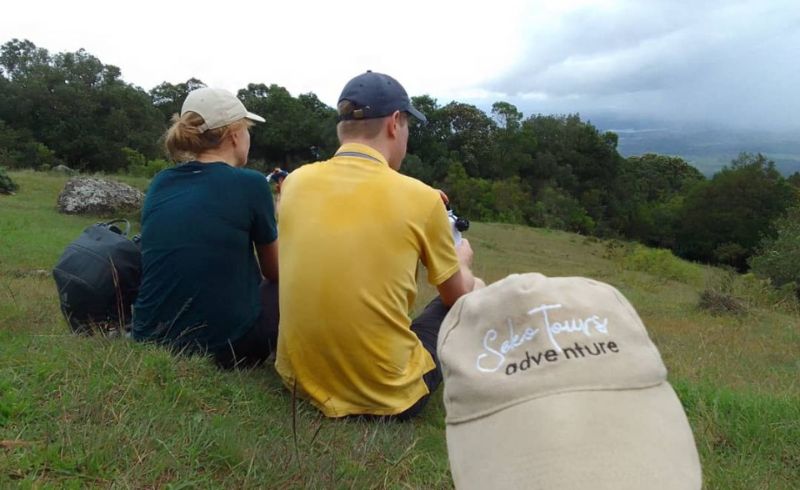
3 Days Tanzania Budget Safari

4 Days Tanzania Camping Safari
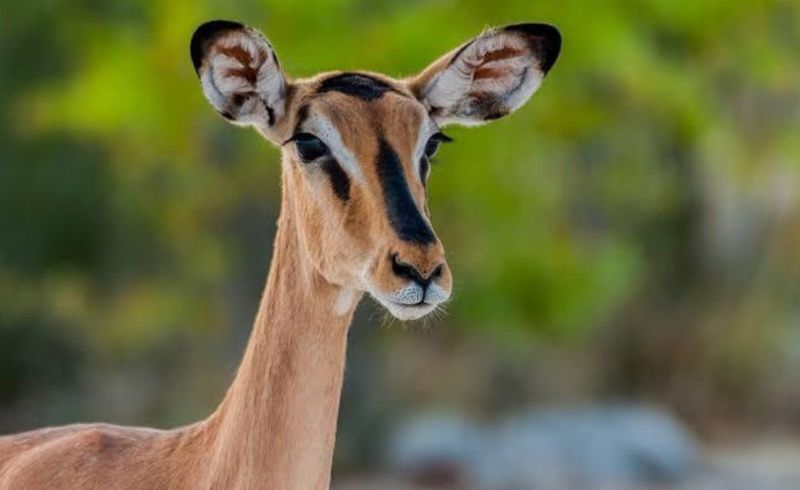
4 Days Tanzania Private Safari
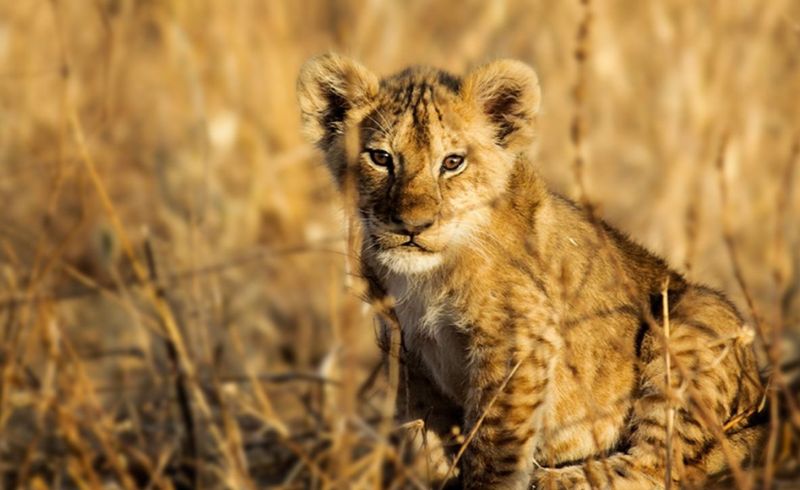
6 Days Tanzania border to border Adventure
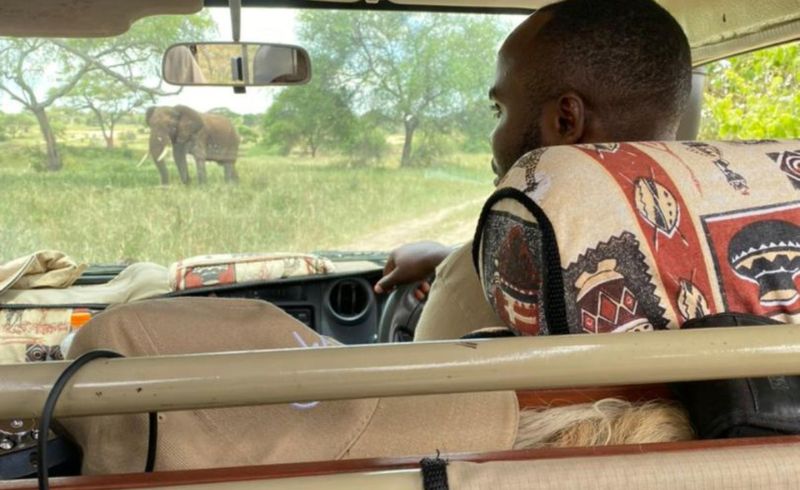
7 Days Best of Tanzania Luxury Safari
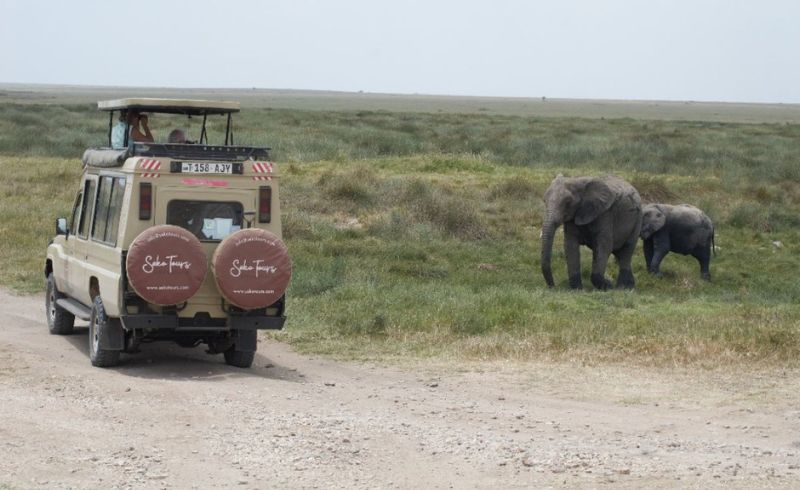
8 Days Ultimate Northern Tanzania Safari
Feature Travel Tips
See Our Basic Tanzania Travel Info
Popular questions about Tanzania National Parks
Night game drives are only allowed in select parks, such as Lake Manyara and Tarangire, and must be arranged with park authorities.
No, each park has its own entry fee, and you must pay separately for each park you visit.
Park fees vary by park. For example:
- Serengeti & Ngorongoro: $70 per adult per day
- Tarangire & Lake Manyara: $50 per adult per day
- Arusha National Park: $45 per adult per day
Yes. Children under 5 years old enter free, and those aged 5-15 years pay about half the adult price.
Some parks require advance payment, while others accept payments at the entrance. It’s best to book through a tour operator to avoid delays.
Most parks accept credit cards (Visa/MasterCard), bank transfers, and mobile money. Cash (USD/TZS) is accepted at some locations.
Yes, We include park fees in our safari prices
Yes. Camping permits range from $30–$50 per person per night for public campsites and $50–$100 for special campsites.
The Ngorongoro Crater vehicle permit costs $295 per vehicle, in addition to the park entry fee.
Yes, certain parks like Kilimanjaro, Mount Meru, and Udzungwa require a hiking permit, which varies based on the trek duration.
No, park fees are non-refundable, even if you cancel or leave early. Always confirm your travel plans before payment.
If your question is not listed, please contact us from here.

